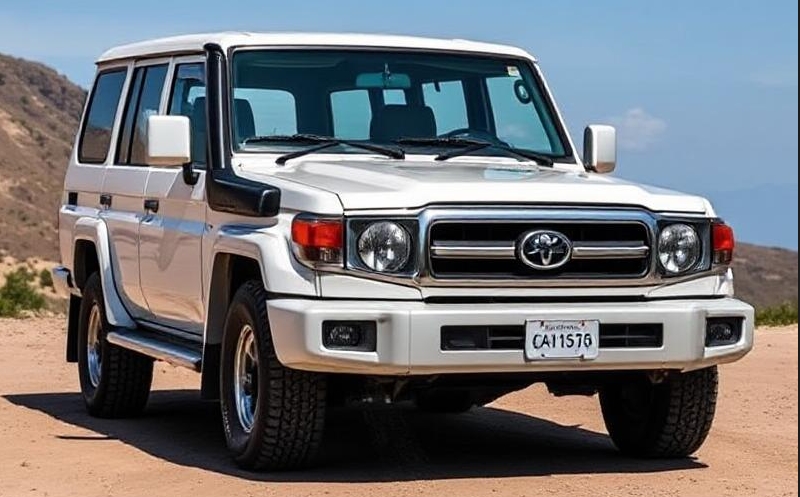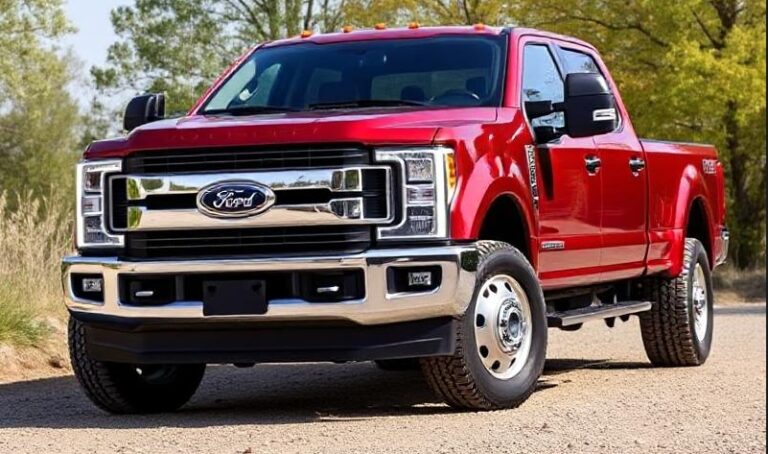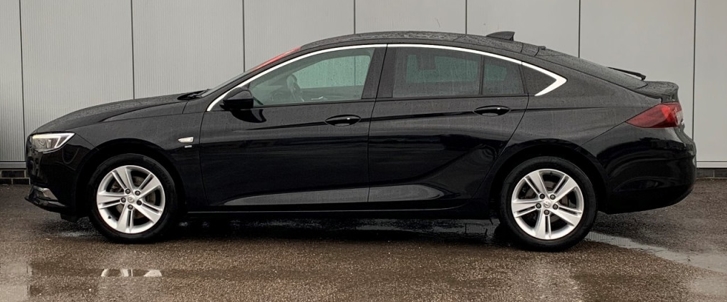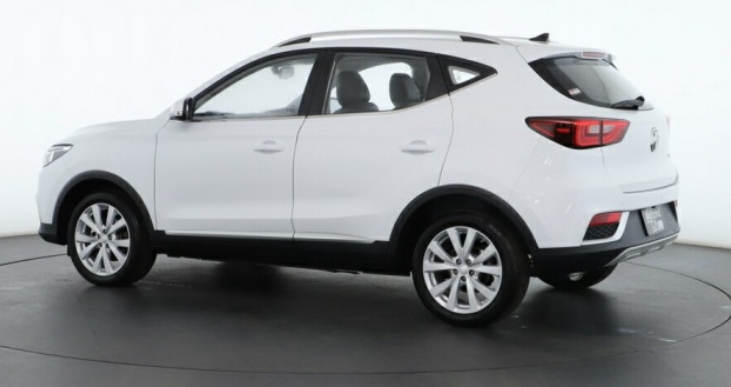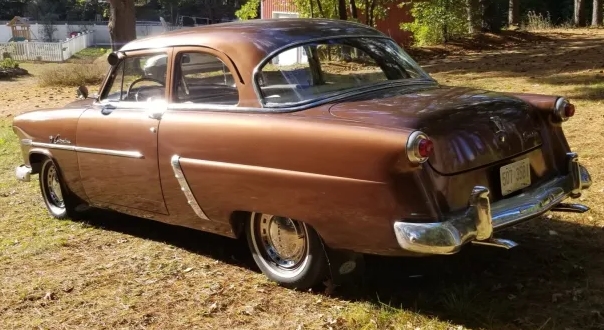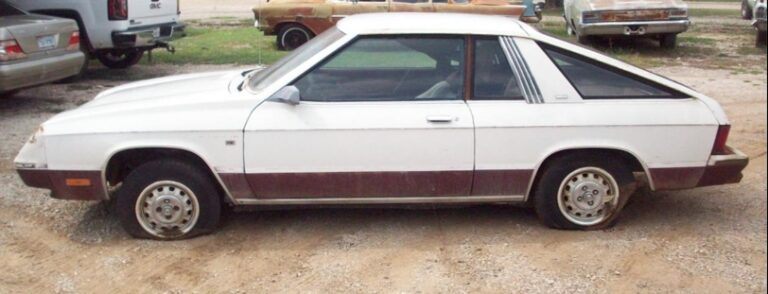The Evolution of the Toyota Land Cruiser: A Journey Through Time
The Toyota Land Cruiser has held a prominent position in the automotive world since its inception over seven decades ago. Renowned for its durability, off-road capability, and luxury features, the Land Cruiser has not only become a staple for adventurers and outdoor enthusiasts but also a symbol of reliability for families worldwide. This article explores the evolution of the Toyota Land Cruiser, tracing its history, model variations, and trim levels from 1951 to the present.
1. Origins and Early Development (1951-1965)
BJ Series (1951-1955)
The story of the Toyota Land Cruiser begins in post-war Japan. In 1951, Toyota released the BJ Series, an off-road vehicle designed for the Japanese police and military. The BJ-8 model, launched later, featured a 3.4-liter inline-six engine and rugged chassis. Its purpose-built design for traversing rough terrains quickly gained popularity.
FJ Series (1955-1984)
In 1955, the Land Cruiser evolved into the FJ Series, which would eventually define the model’s legacy. The FJ25 was the first version available for civilian purposes. The iconic FJ40 model debuted in 1960, featuring an updated 3.9-liter engine and a style that has become synonymous with the Land Cruiser. The FJ40 became an immediate favorite for off-roading enthusiasts and maintained its appeal for decades, with production continuing until 1984.
FJ45 and FJ55
The FJ45 (1963-1984), known for its pickup variant and extended wheelbase, broadened the Land Cruiser’s appeal by addressing both utility and leisure markets. In 1968, Toyota introduced the FJ55, a station wagon variant that added family-friendly features, paving the way for the Land Cruiser’s reputation as a luxury vehicle.
2. Expansion and Refinement (1984-1996)
60 Series (1980-1990)
The 60 Series Land Cruiser debuted in 1980, bringing along improved comfort, a more contemporary design, and better handling. The FJ62 variant, which came with a 4.0-liter inline-six engine, contributed to the model’s increase in popularity in North America. This series was the first to emphasize luxury alongside ruggedness, with options for upscale interior materials.
80 Series (1990-1997)
The 80 Series, introduced in 1990, revolutionized the Land Cruiser with innovations such as full-time four-wheel drive, anti-lock brakes, and an available V8 engine. The FZJ80, powered by a 4.5-liter inline-six, was particularly popular. The 80 Series further established the Land Cruiser as a luxury SUV, offering features like leather seats, improved sound insulation, and advanced safety tech.
3. The Luxury SUV Era (1998-2007)
100 Series (1998-2007)
In 1998, the Land Cruiser transitioned into the 100 Series. This iteration marked a major stylistic and technological shift. It was larger, more powerful, and equipped with a variety of luxury features, including an optional 4.7-liter V8 engine. New trim levels such as the Land Cruiser Base and Land Cruiser Limited offered distinct experiences where the Limited trim boasted premium features like enhanced audio systems and upgraded leather interiors. The 100 Series was pivotal in cementing the Land Cruiser’s status as a high-end SUV.
.

.
4. The Modern Age (2008-Present)
200 Series (2008-2021)
The 200 Series launched in 2008, continuing to build on its predecessor’s legacy with a focus on luxury and off-road capabilities. Powered by a robust 5.7-liter V8 engine, the 200 Series featured several trim levels including the Land Cruiser Base, Land Cruiser Heritage Edition, and Land Cruiser Platinum. The Heritage Edition, introduced in 2021 to commemorate the Land Cruiser’s 60th anniversary, paid homage to its storied past with vintage design elements and unique badging.
J300 Series (2021-Present)
The latest iteration, the J300 Series, was unveiled in 2021, showcasing a complete redesign that focuses on modern technology while retaining the ruggedness the model is known for. The new model comes equipped with a twin-turbo V6 engine, reducing weight and improving fuel efficiency. The J300 offers various trims such as the Land Cruiser Base, Land Cruiser GR Sport, and Land Cruiser Executive. The advanced features, including a cutting-edge infotainment system, multifunctional display, and numerous off-road technologies like Multi-Terrain Select, emphasize the balance of luxury and capability.
5. Global Impact and Recognition
Throughout its history, the Toyota Land Cruiser has achieved global recognition, not only as a durable off-road vehicle but also as a luxury SUV. Its impressive iconic status is reflected in its use among military forces and as a favorite in remote regions where reliability is paramount.
In regions where Jeep and Land Rover have traditionally dominated, the Land Cruiser’s blend of ruggedness, comfort, and dependability has helped it stand out. The model’s reputation for longevity is further evidenced by numerous Land Cruisers still in operation today, some with well over 500,000 miles on the odometer, serving various purposes around the globe.
6. Conclusion: A Legacy of Excellence
The evolution of the Toyota Land Cruiser is a captivating story of adaptability, resilience, and luxury. From its humble beginnings as a utilitarian vehicle designed for the rugged terrains of Japan to its current standing as a global icon of luxury and performance in the SUV segment, the Land Cruiser reflects Toyota’s commitment to excellence.
As they continue to innovate, maintaining a balance between heritage and modernity, the Land Cruiser remains a favored choice for those who seek both adventure and comfort in their journeys. Whether traversing rocky mountains, sandy deserts, or city streets, the Land Cruiser’s legacy ensures it will maintain its position as a leader in the off-road and luxury SUV market for years to come.
